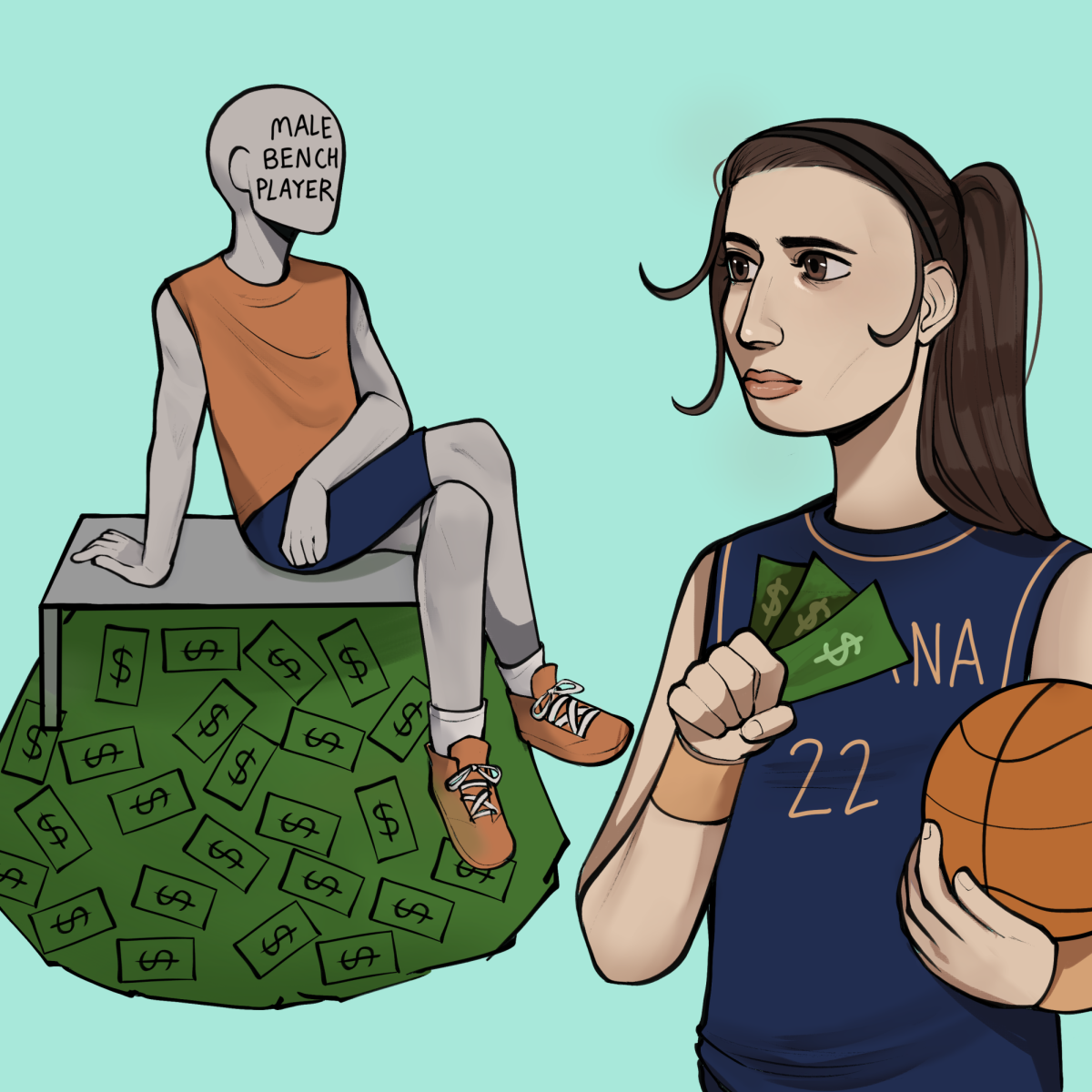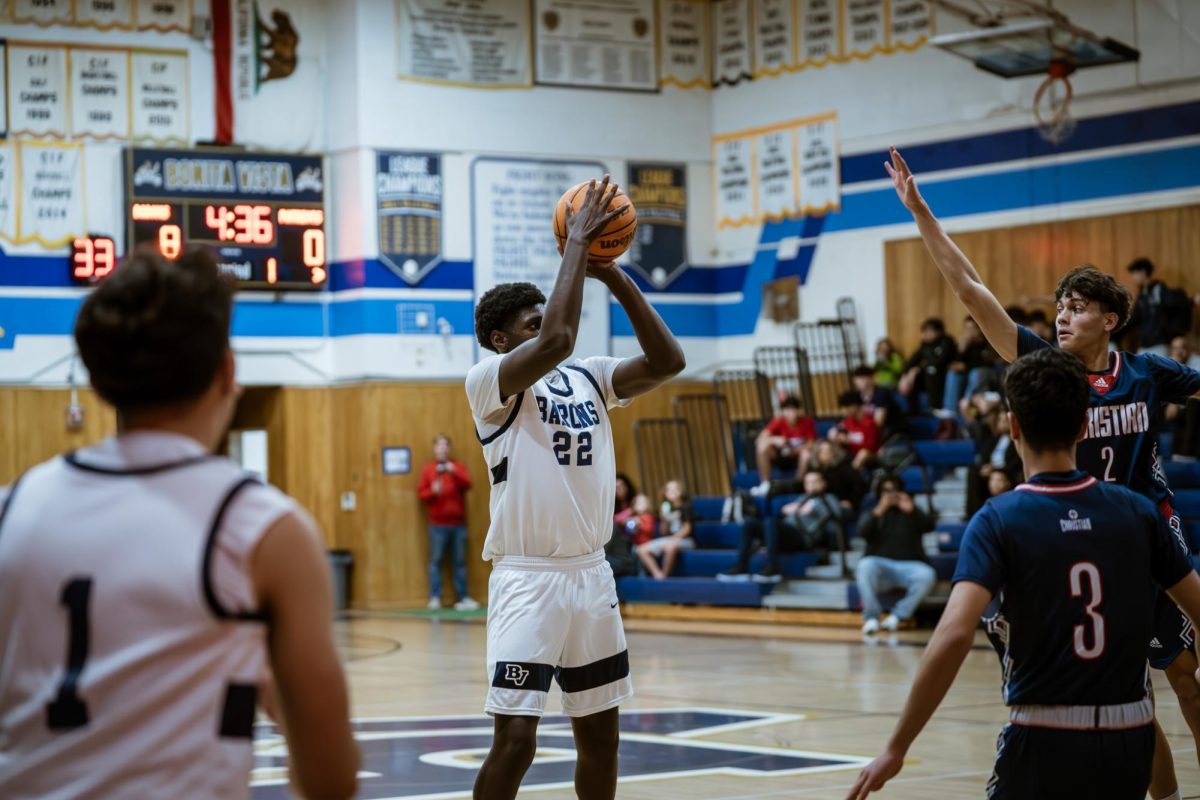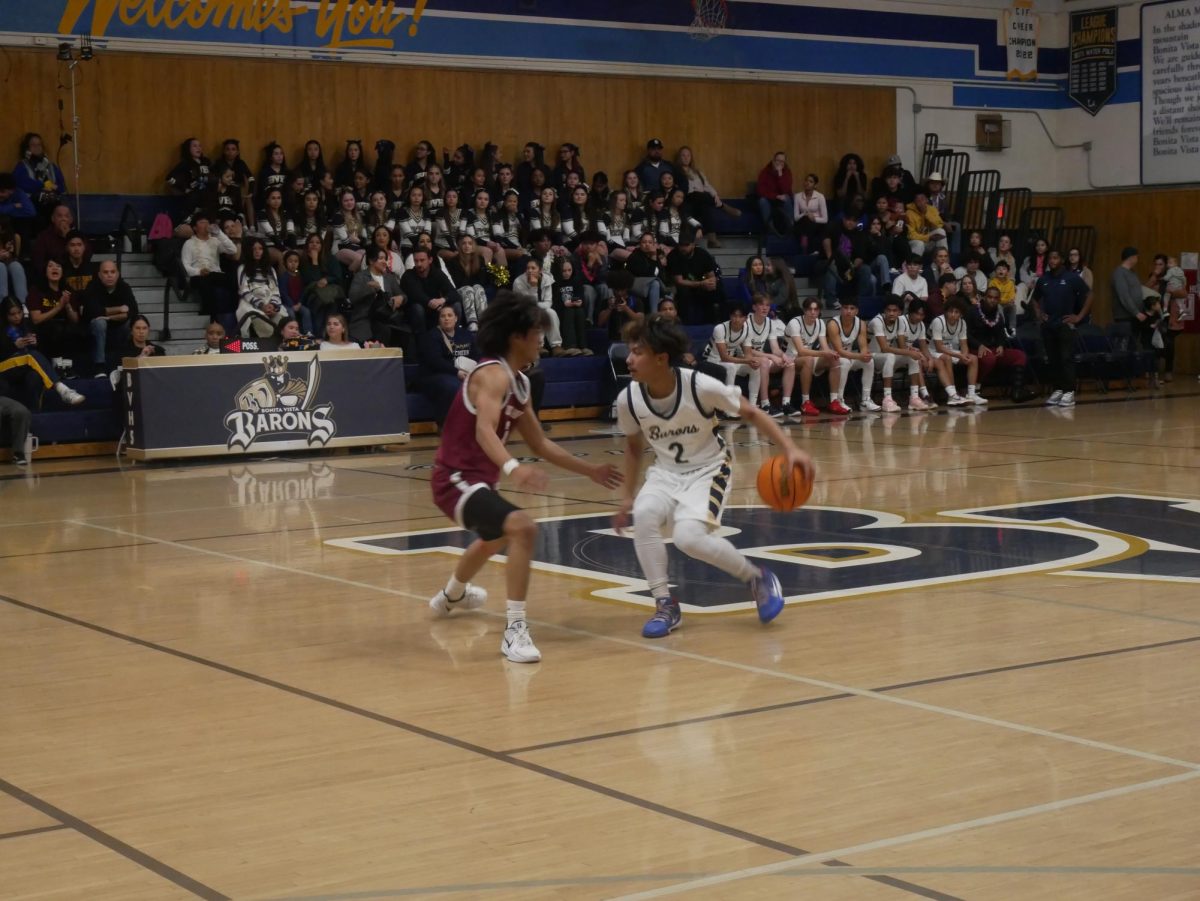In recent years, women’s basketball has seen an immense rise in popularity. Many attribute this growth to former University of Iowa Hawkeye and present Indiana Fever guard Caitlin Clark—who previously gained the number one scoring title in NCAA women’s basketball history.
On April 9, an estimated 18.9 million viewers watched the NCAA Women’s Basketball National Championship matchup between the South Carolina Gamecocks and the Iowa Hawkeyes on ABC and ESPN, according to Nielsen live-plus-same-day data. The women’s championship game audience stands as the largest in women’s college basketball history, and is the most-watched basketball game at any level since 2019. Viewership to the 2024 women’s championship game increased over 90 percent compared with the 9.9 million viewers that watched in 2023, and over 288 percent compared with the 4.9 million viewers in 2022.
The championship also marked Clark’s final college game, as she would be graduating and moving on to greater things—the Women’s National Basketball Association (WNBA). Clark was regarded as the number one pick in the 2024 WNBA draft. Clark and many other college graduates in the draft have elevated the story and popularity of NCAA women’s basketball to a never before seen level. For this very reason, viewers have been shocked to see the minute salary these athletes will be getting paid in comparison to their male counterparts as they segue into their professional careers.
Although the WNBA is still much less popular than its male counterpart, the NBA, Clark’s 76 thousand dollar salary to play professional basketball is absurd in comparison to the multimillion dollar mega-contracts of male athletes. The relatively small salary is even more concerning when you take into account the amount of press coverage that Clark has brought to the NCAA and how much she will be now bringing to the WNBA.
To really highlight the absurdity of this difference, a study done by Axios news network has shown that Clark’s entire WNBA team combined will be getting paid less than one random back-bench NBA player next year. This past year, the Indiana Fever’s total payroll was approximately 1.2 million, which is considered about average for the league. In comparison, the lowest possible salary for an NBA player with just one year of experience is 1.5 million per year.
This exemplifies the drastic difference in the payment of an NBA player garnering almost no viewership for the league in comparison to a player like Clark, who has forever changed the NCAA and is certainly expected to change the WNBA.
The fight for higher pay amongst WNBA’s stars is not a new one. For years, these athletes have been advocating for a more comparable salary. After this year’s draft, this conversation has only escalated. Despite what many believe, WNBA players are not asking to be paid an equal dollar amount to NBA players. It is public knowledge that the reality of being in a smaller league with a smaller pool of revenue is that women’s basketball players will not be multimillion dollar athletes just yet. What these athletes are seeking is fairness.
In an interview with Las Vegas Aces star Kelsey Plum in 2022, Plum aims to correct the narrative around the WNBA’s fight for equal pay. Plum goes on to state that WNBA athletes are “not asking to get paid what the men get paid. We’re asking to get paid the same percentage of revenue shared.”
According to David Berri, a professor of economics at Southern Utah University, women receive around 10 percent of the WNBA’s overall revenue, while the NBA collective bargaining agreement gives players 50 percent of revenue. This is proof of a gender issue that persists to linger for women in sports, even in an age of gender equality and inclusivity.
While there is no doubt Clark is being underpaid, this conversation is not being had to say that Clark’s livelihood is at risk. Clark has received several endorsements that will leave her financially set for years to come. Female athletes and fans alike are rather highlighting how Clark’s unfair payment is representative of a larger whole.
The unfair payment of female athletes is an ever present topic. The main argument for this underpayment has always been the different viewership garnered between the different gendered sports. However, in these modern times, female sports have continuously proven to be exhilarating games full of intense competition—and deserving of our viewership. Consequently, these athletes are equally deserving of a rightful salary.






